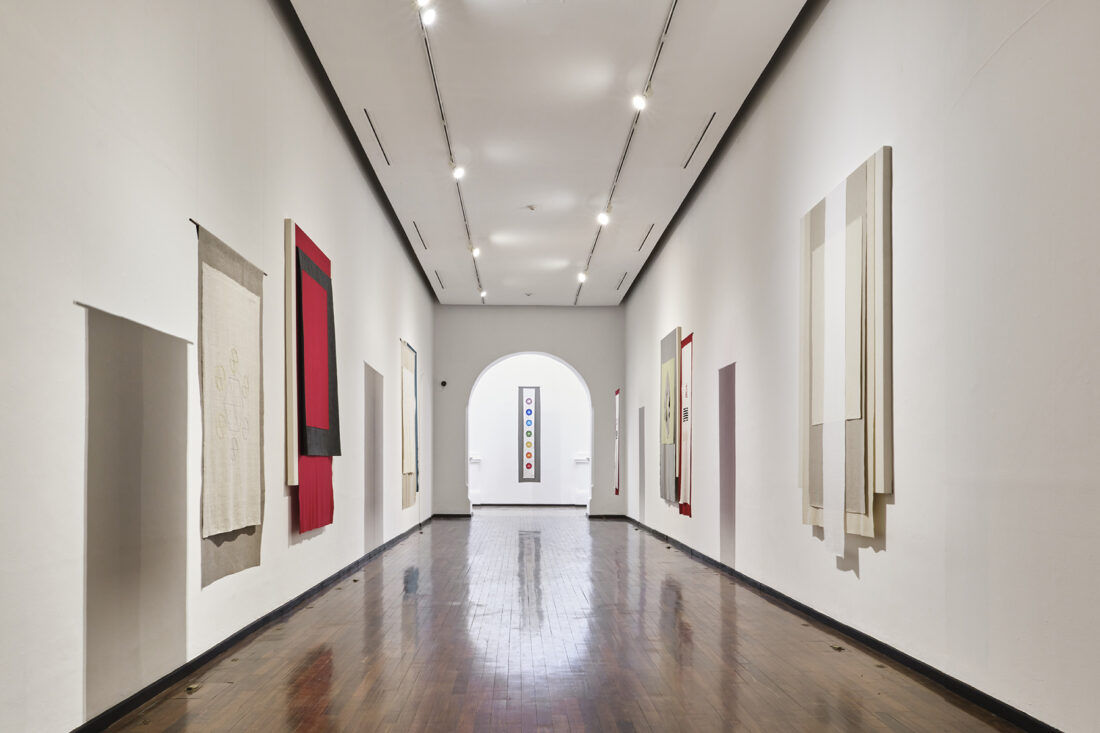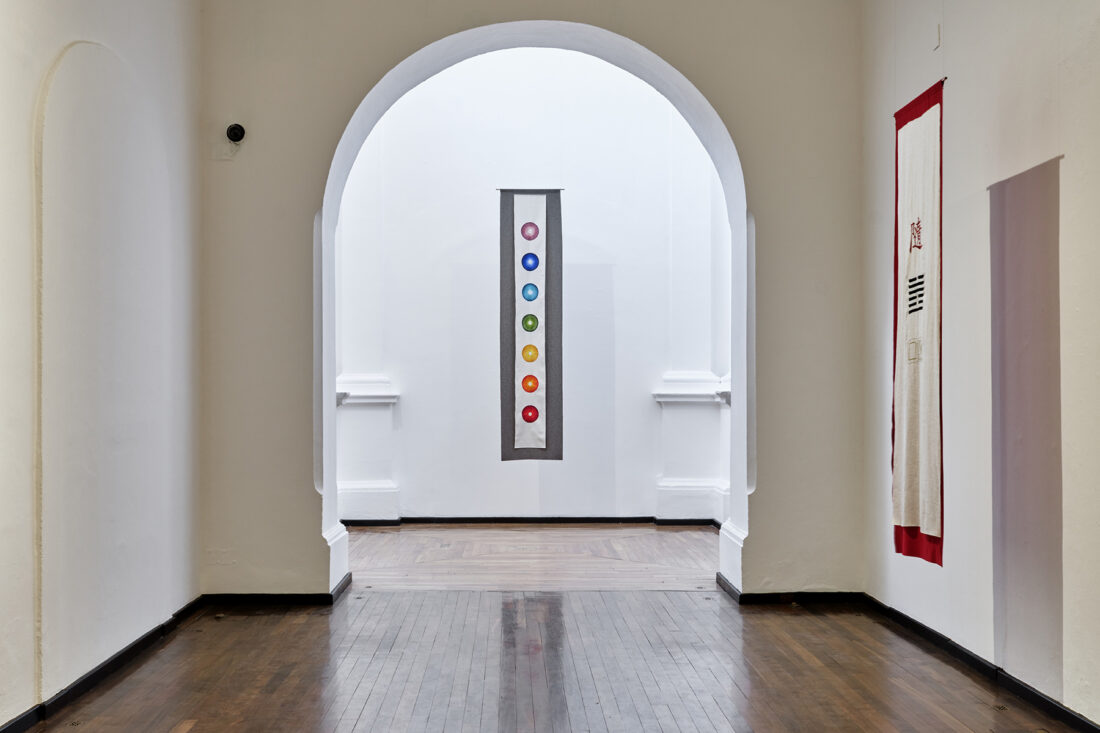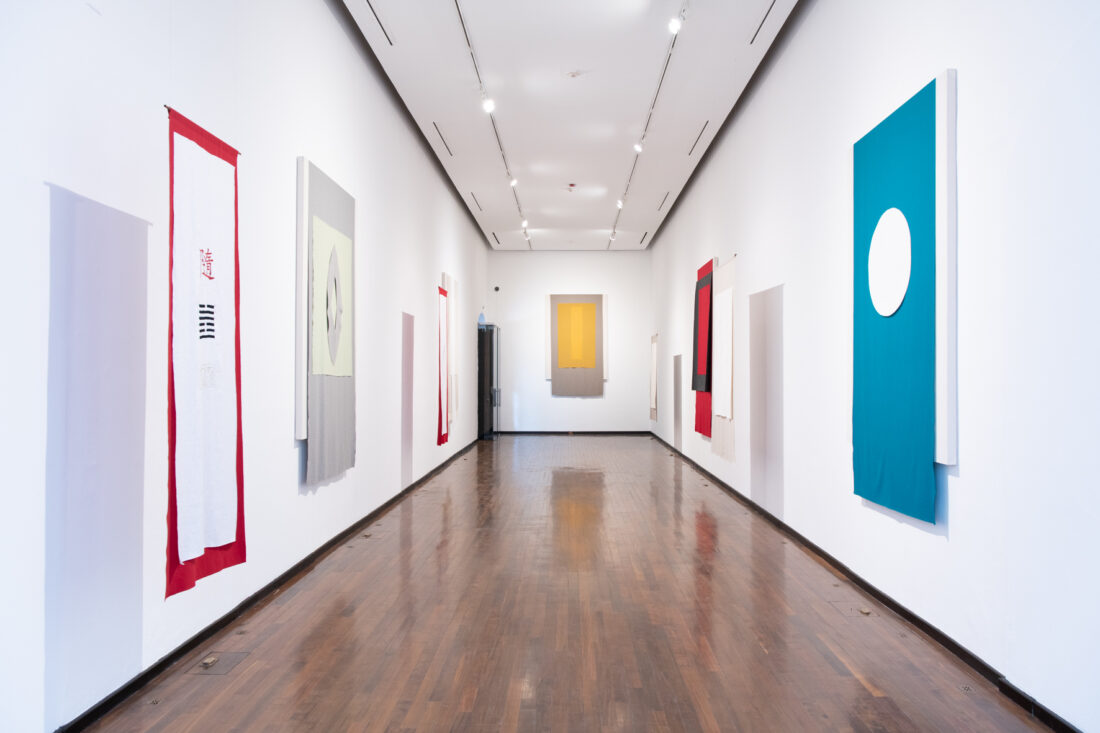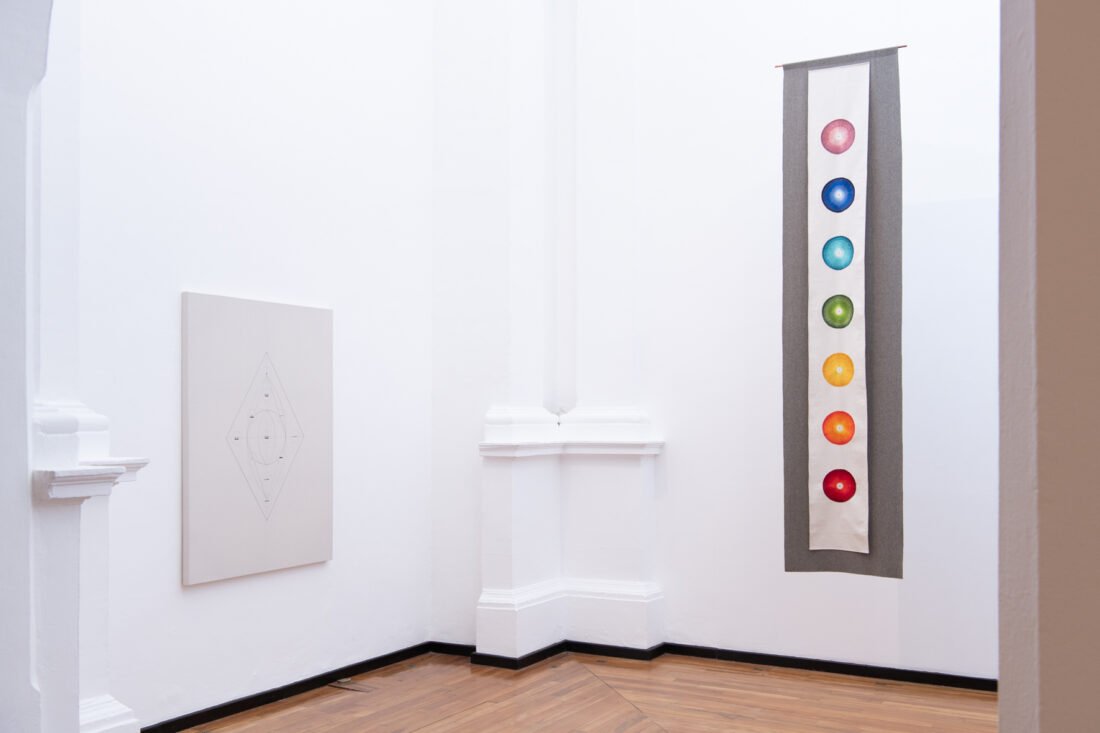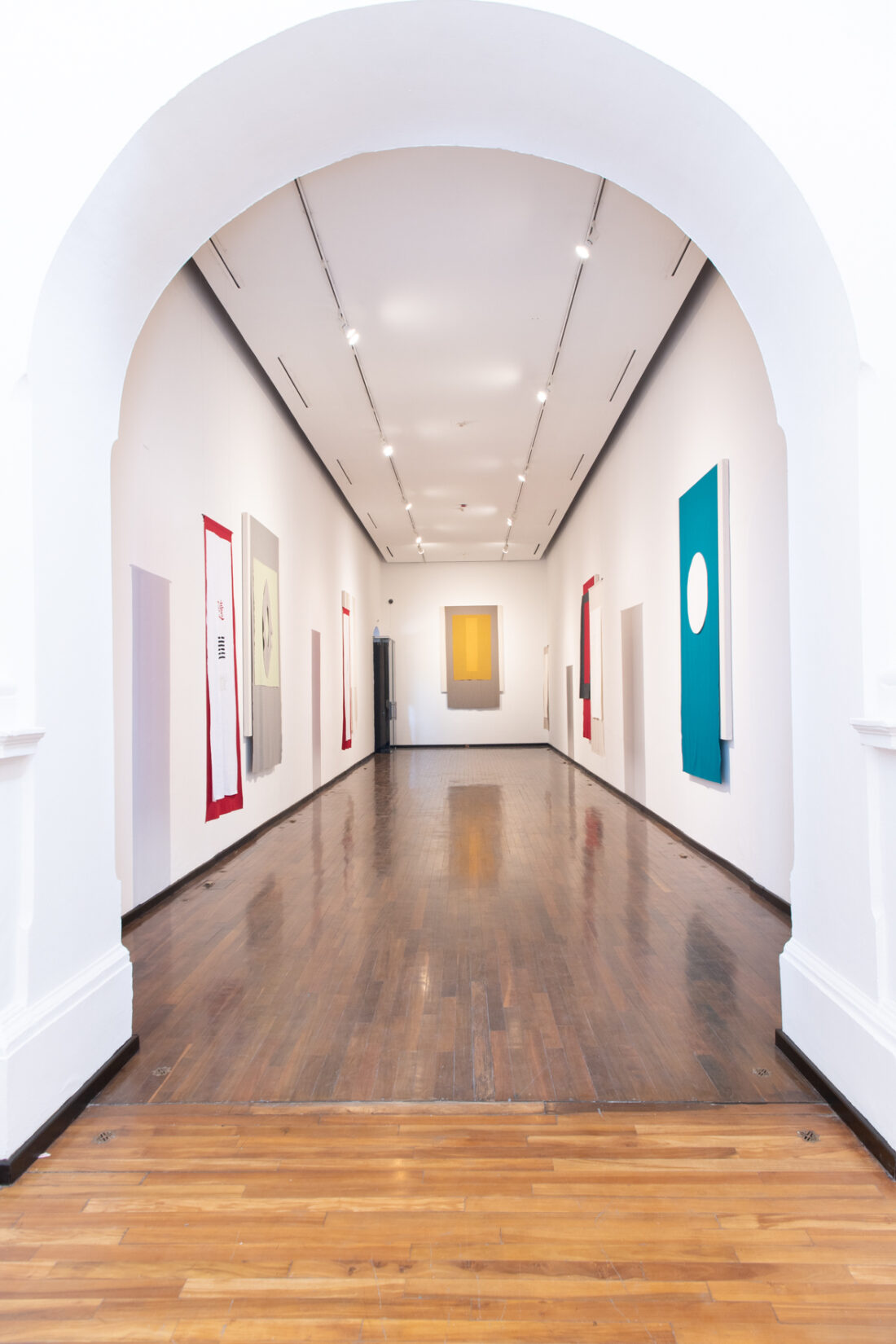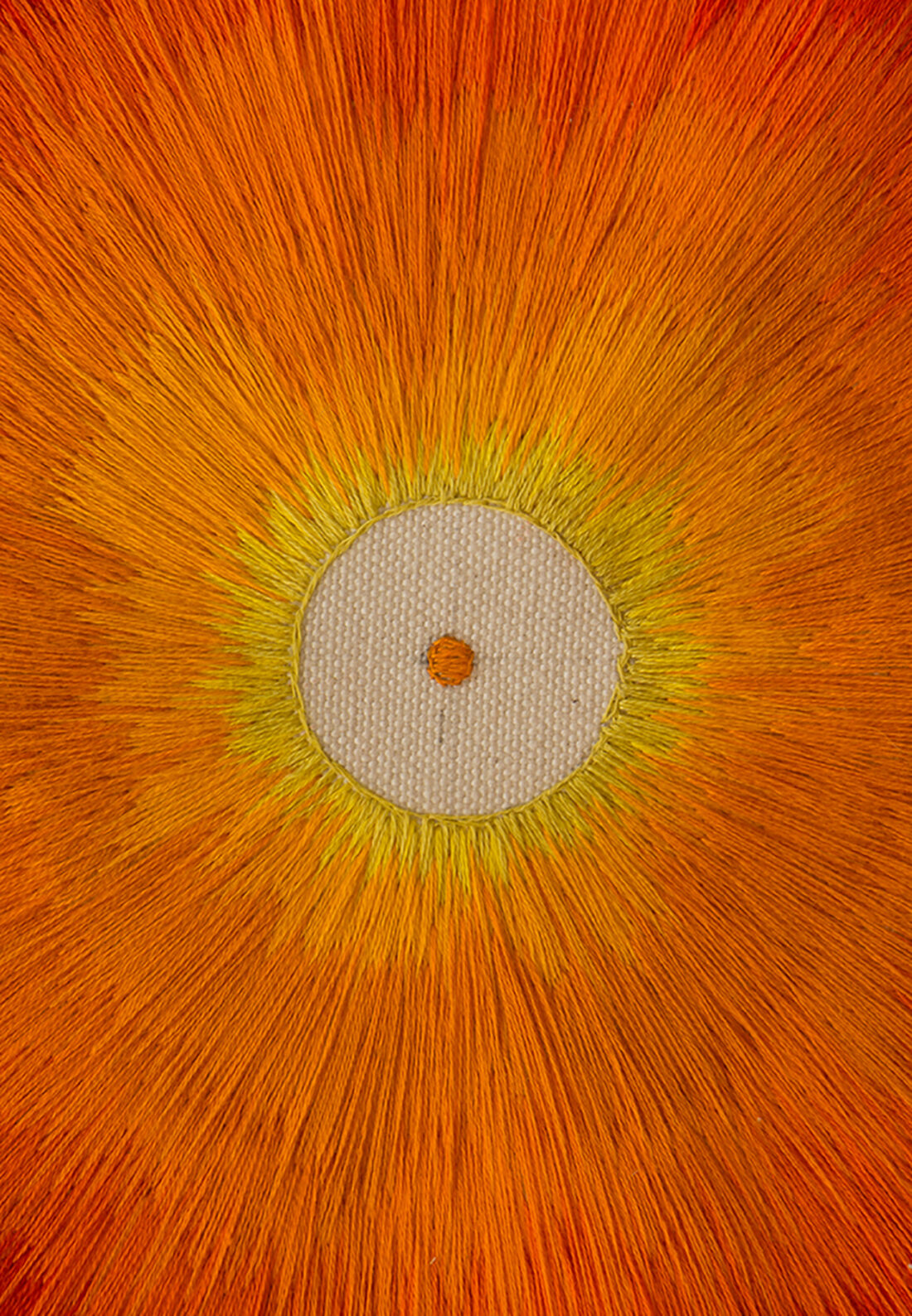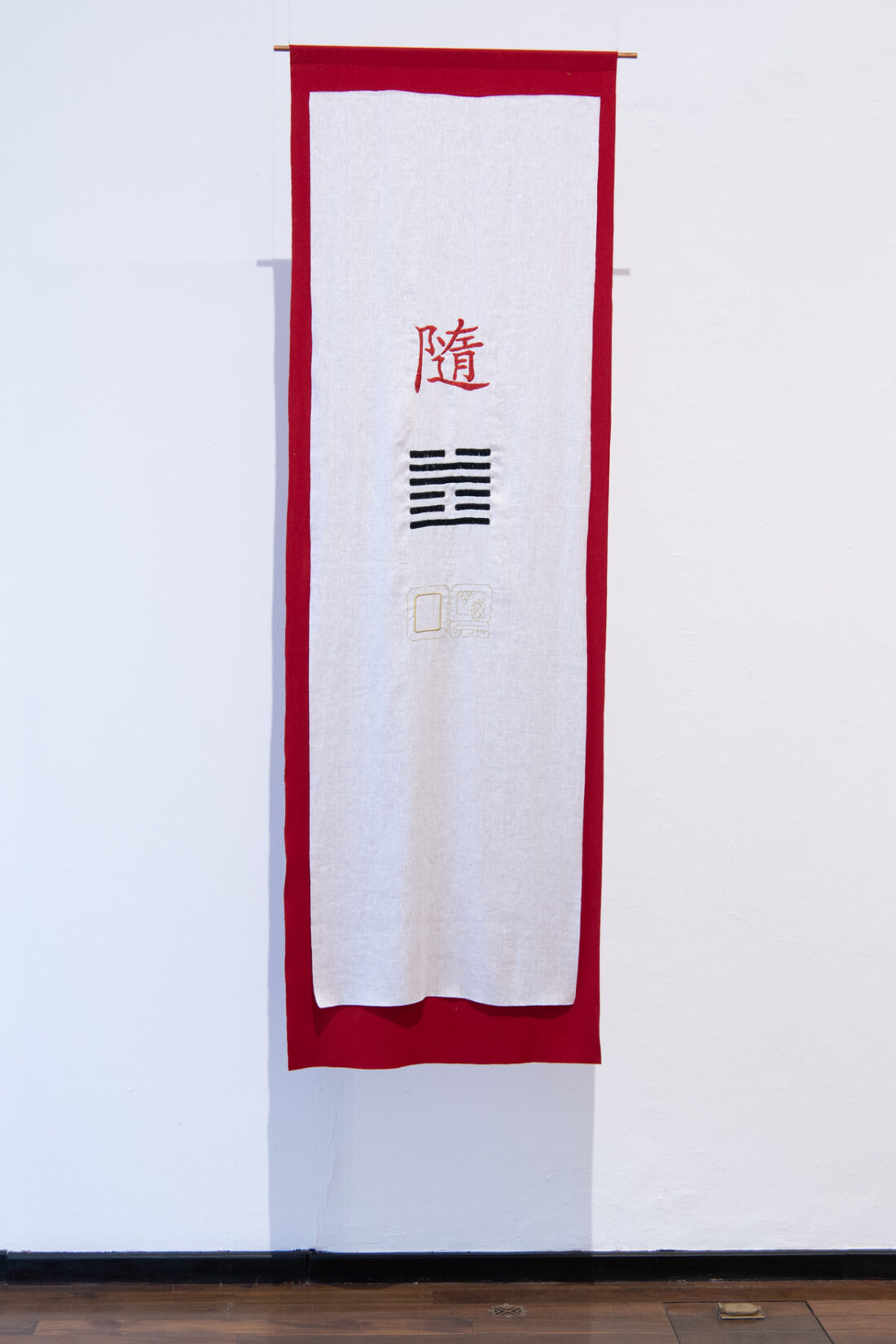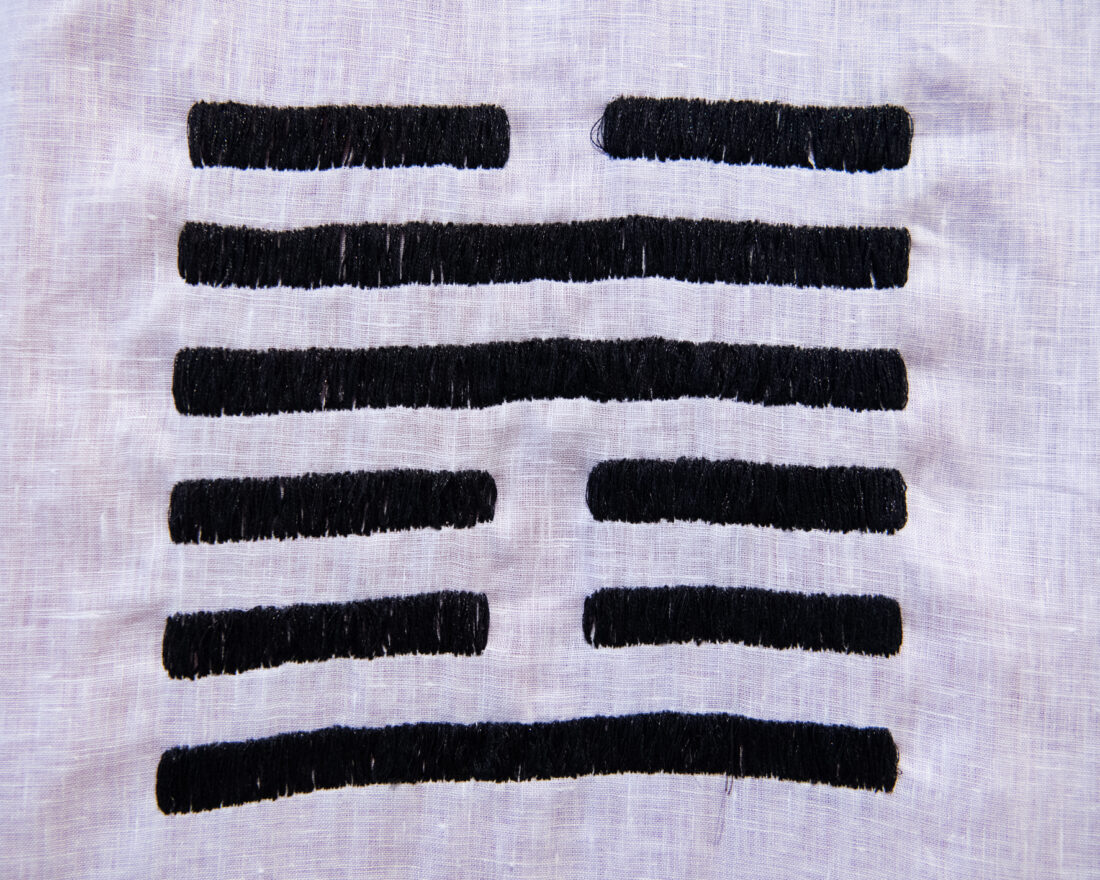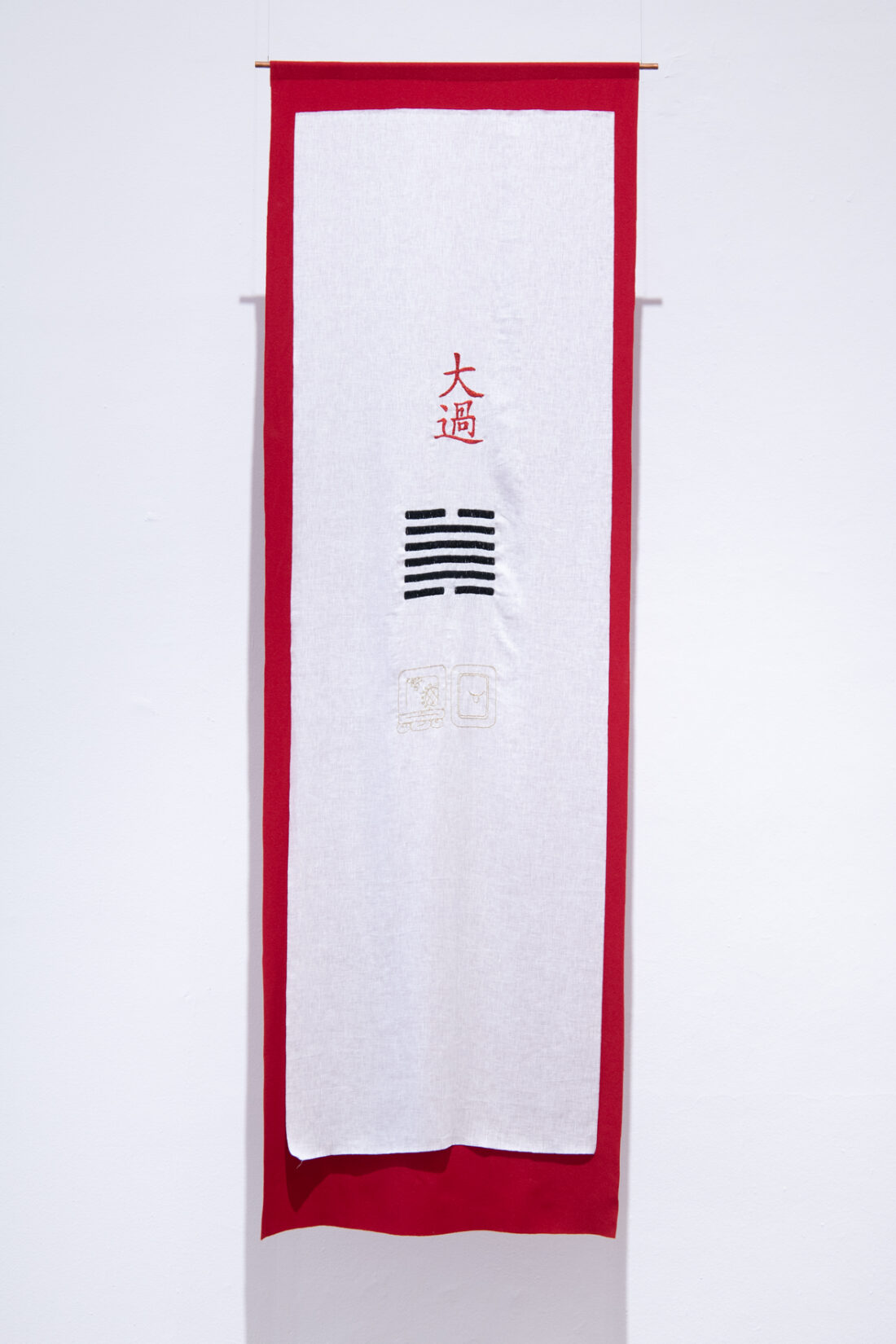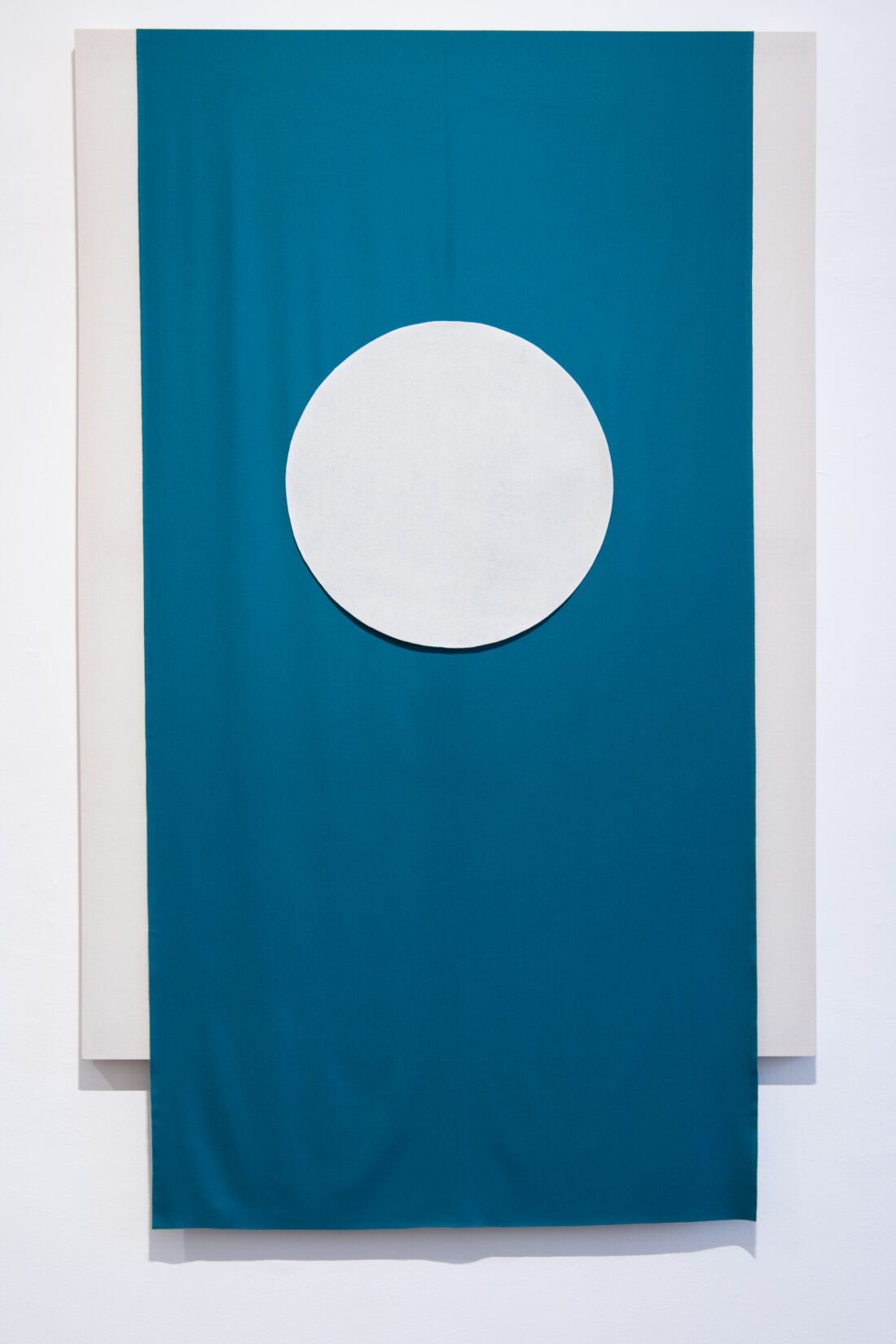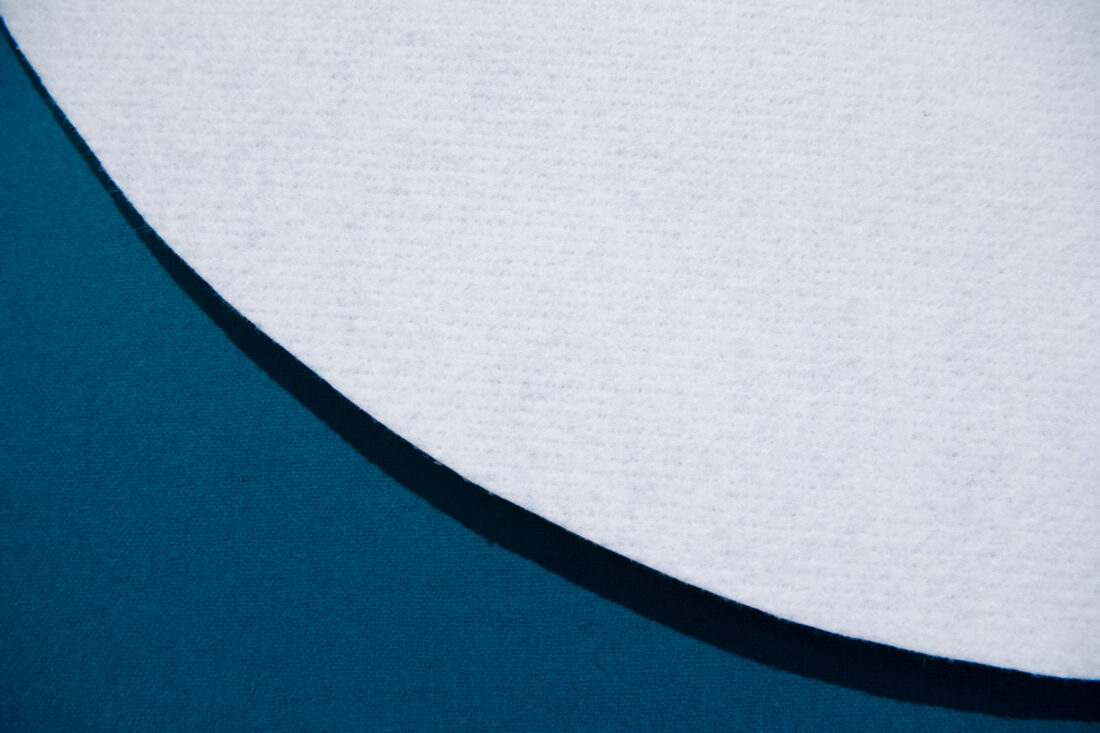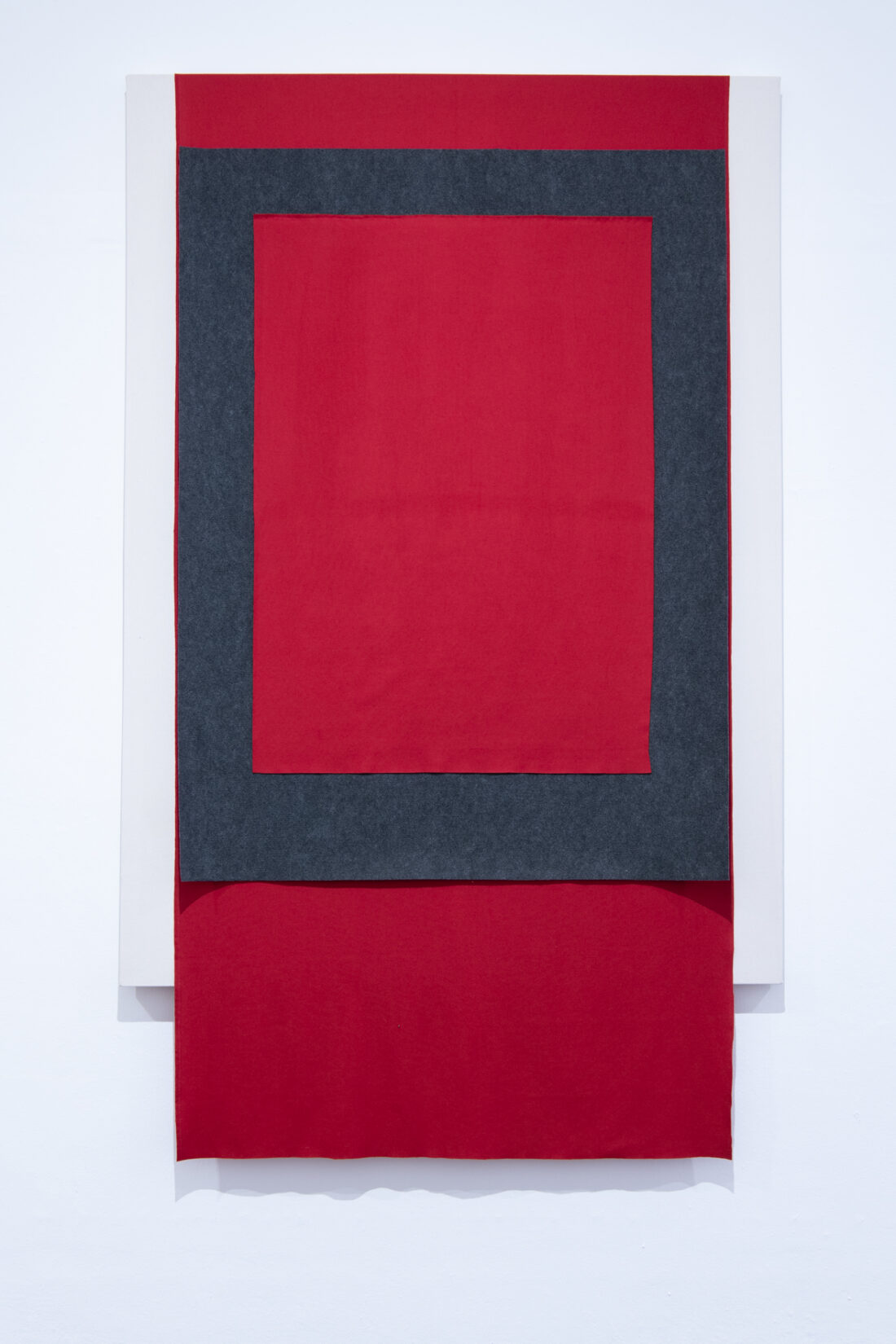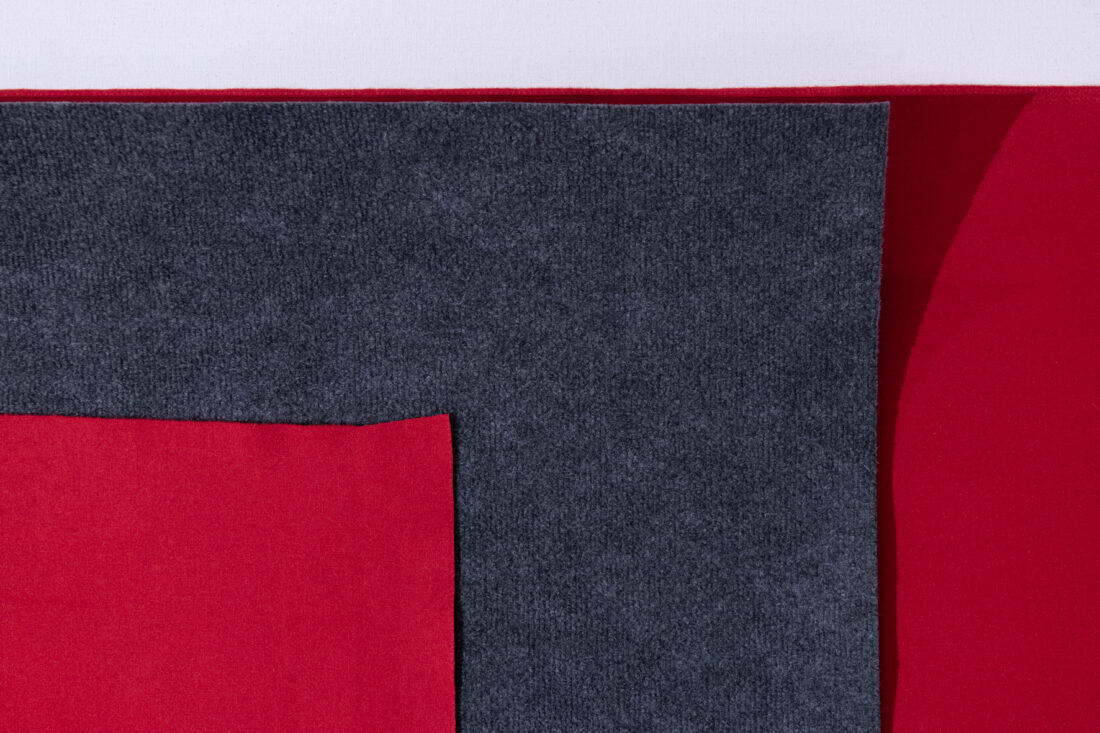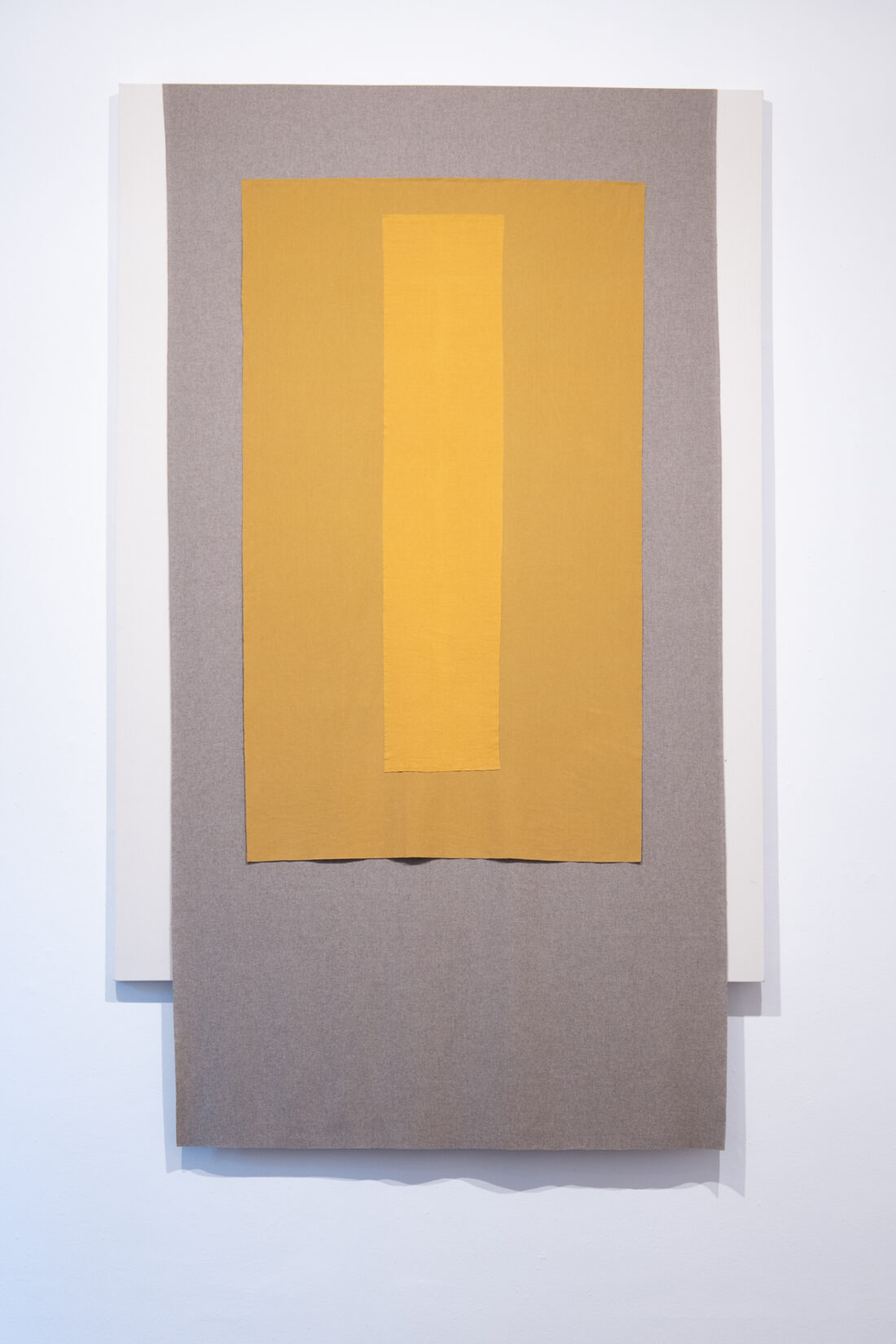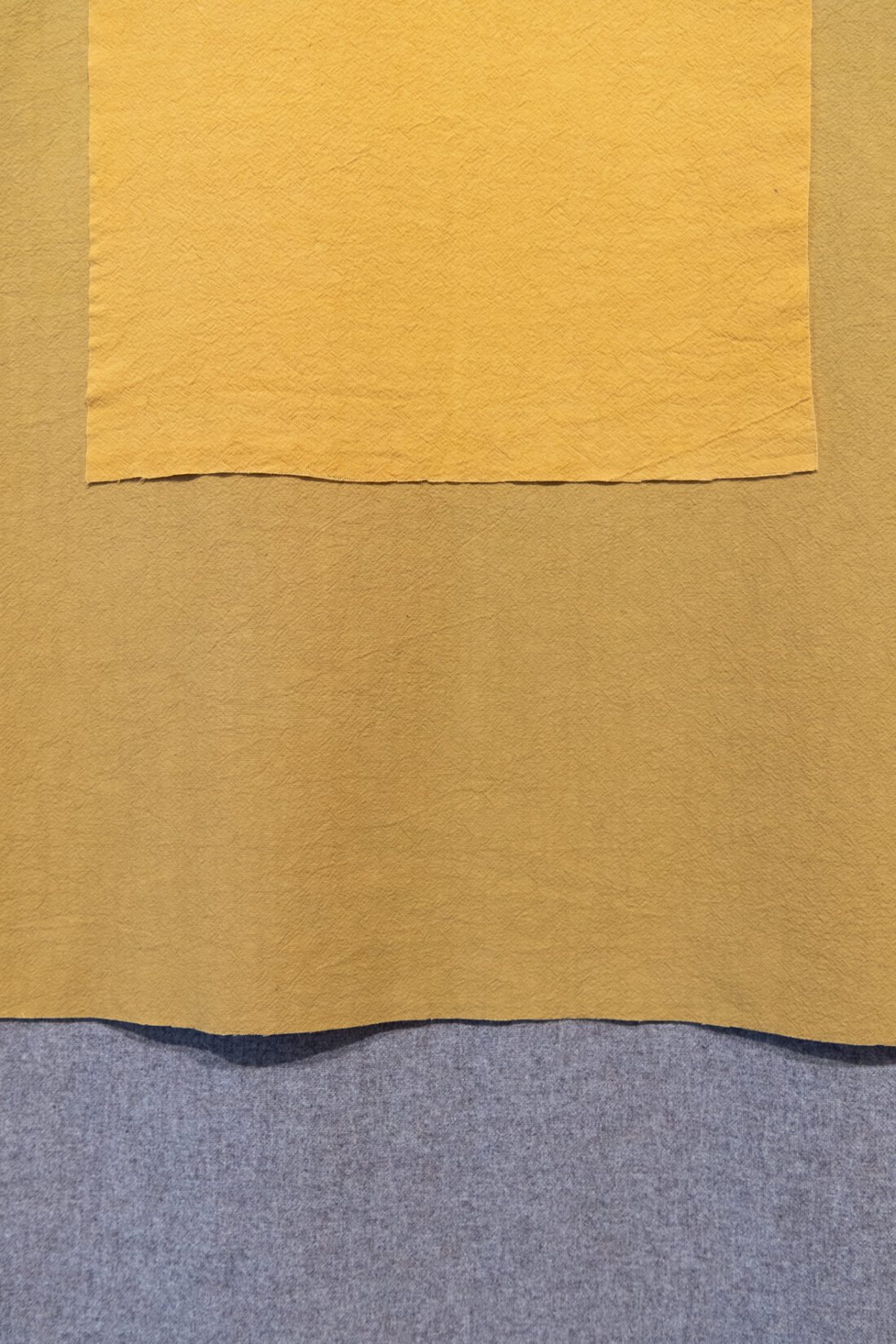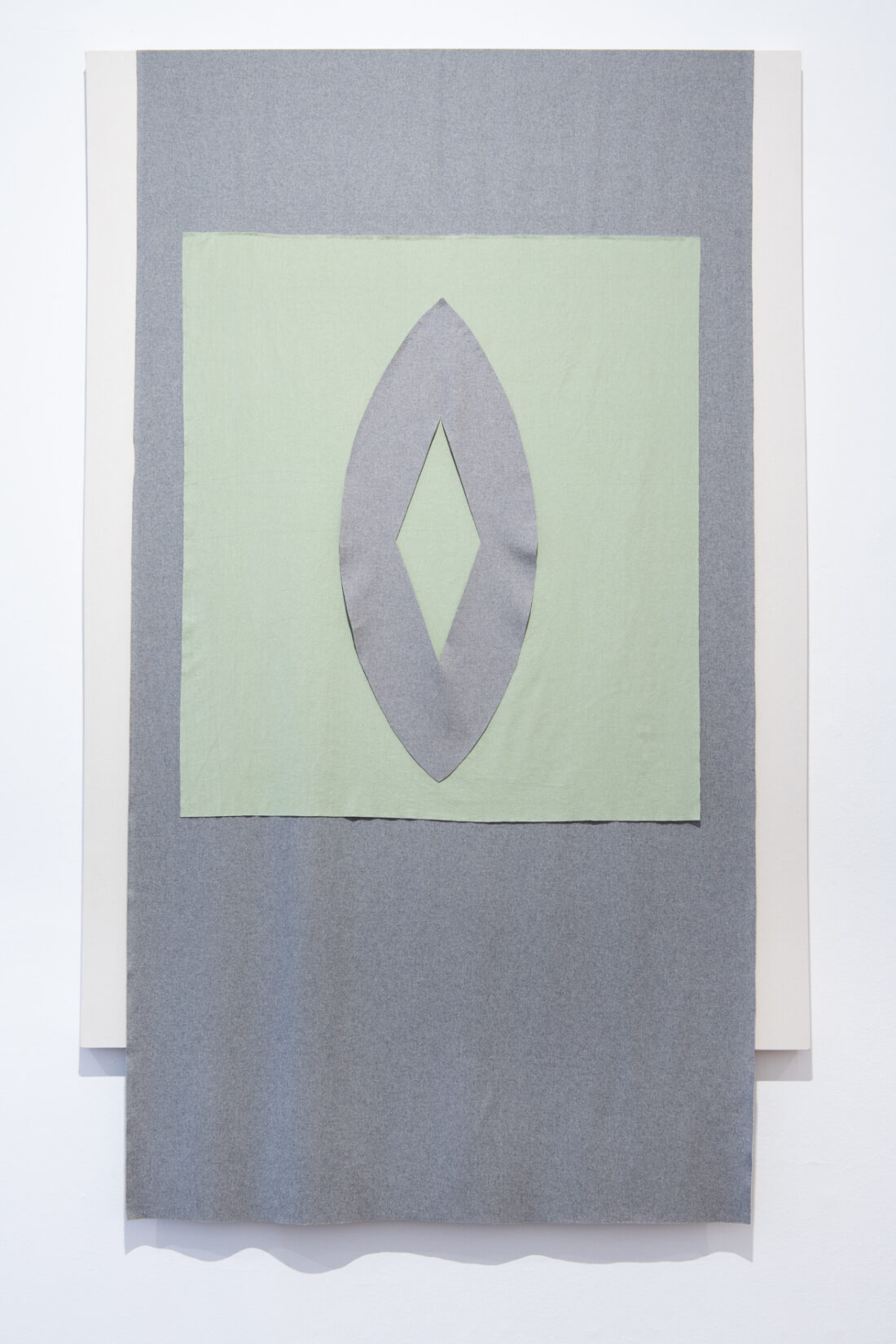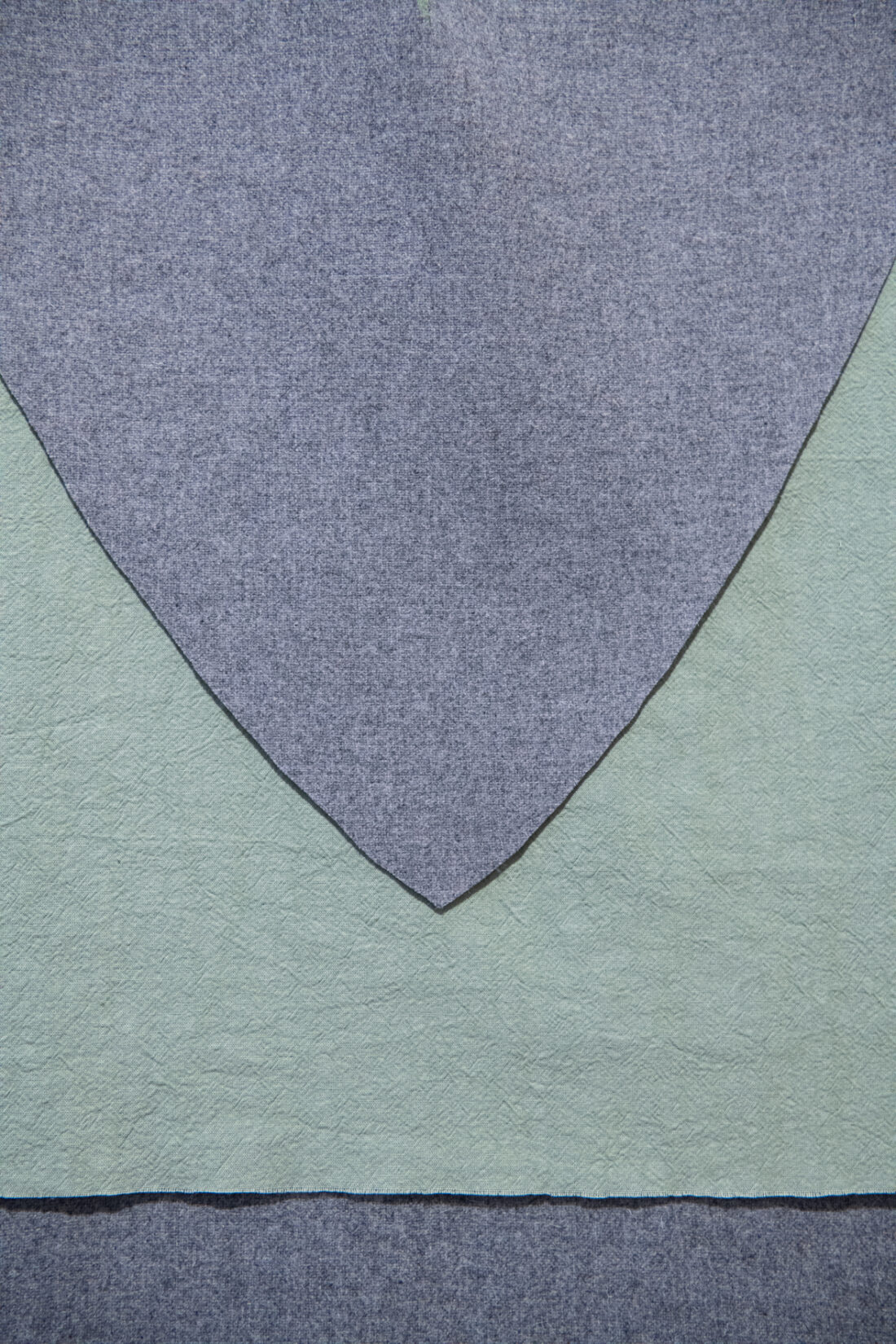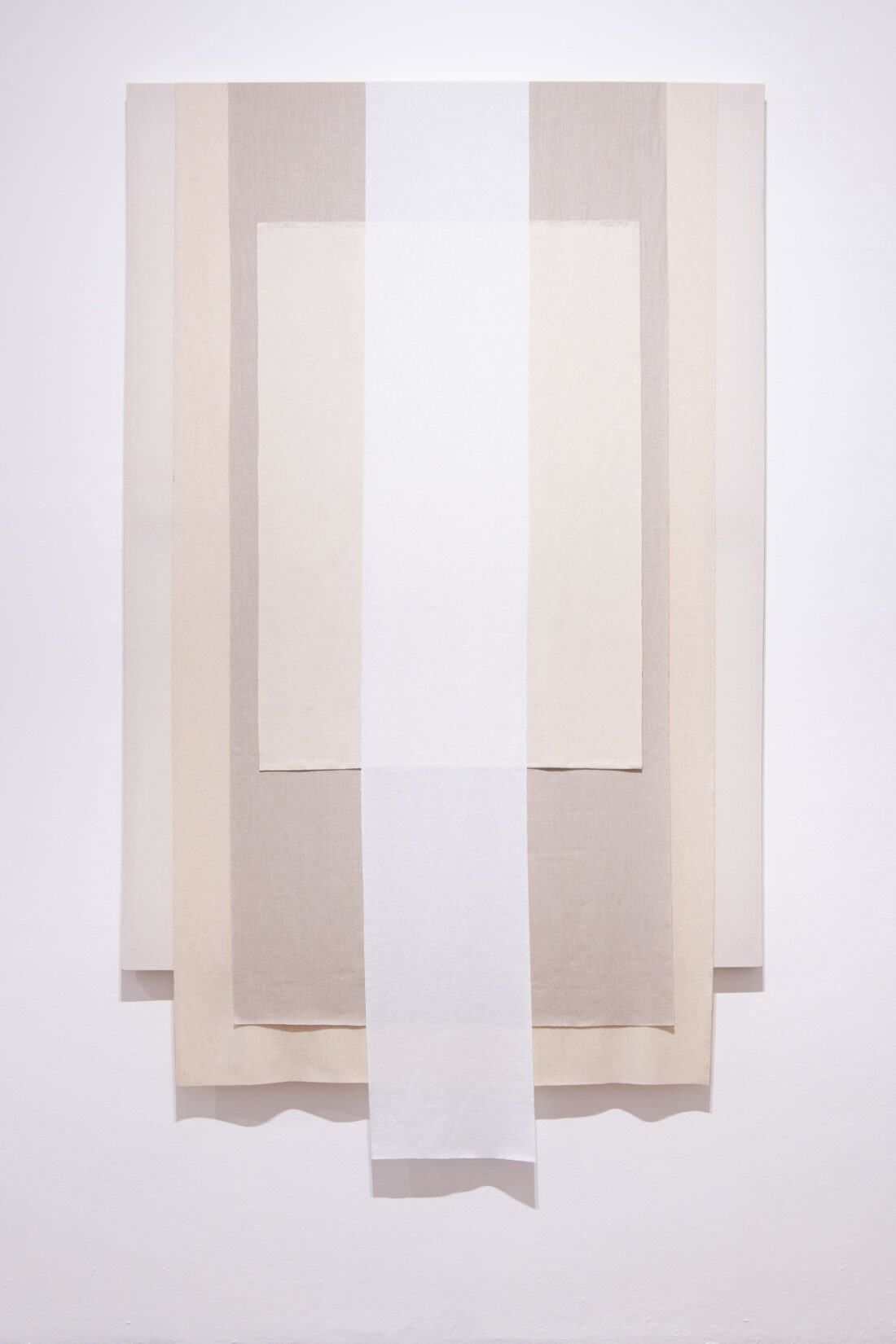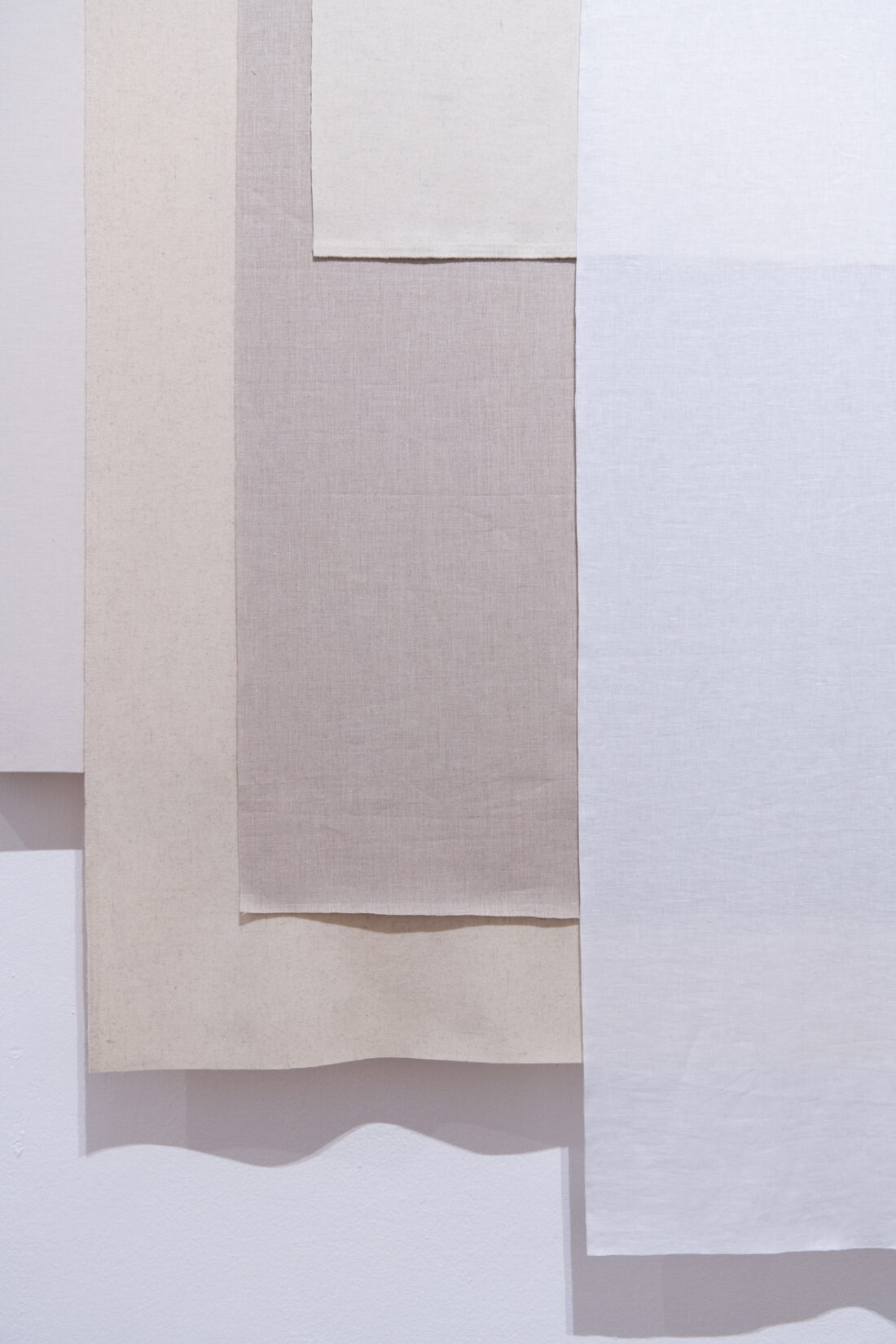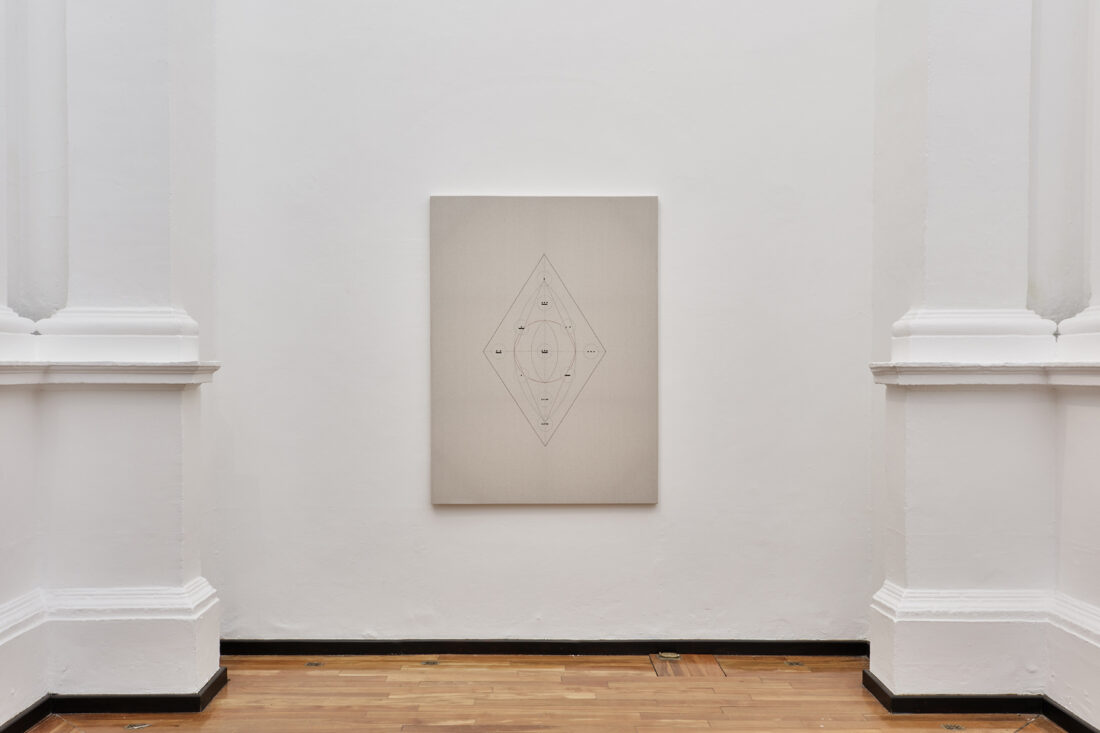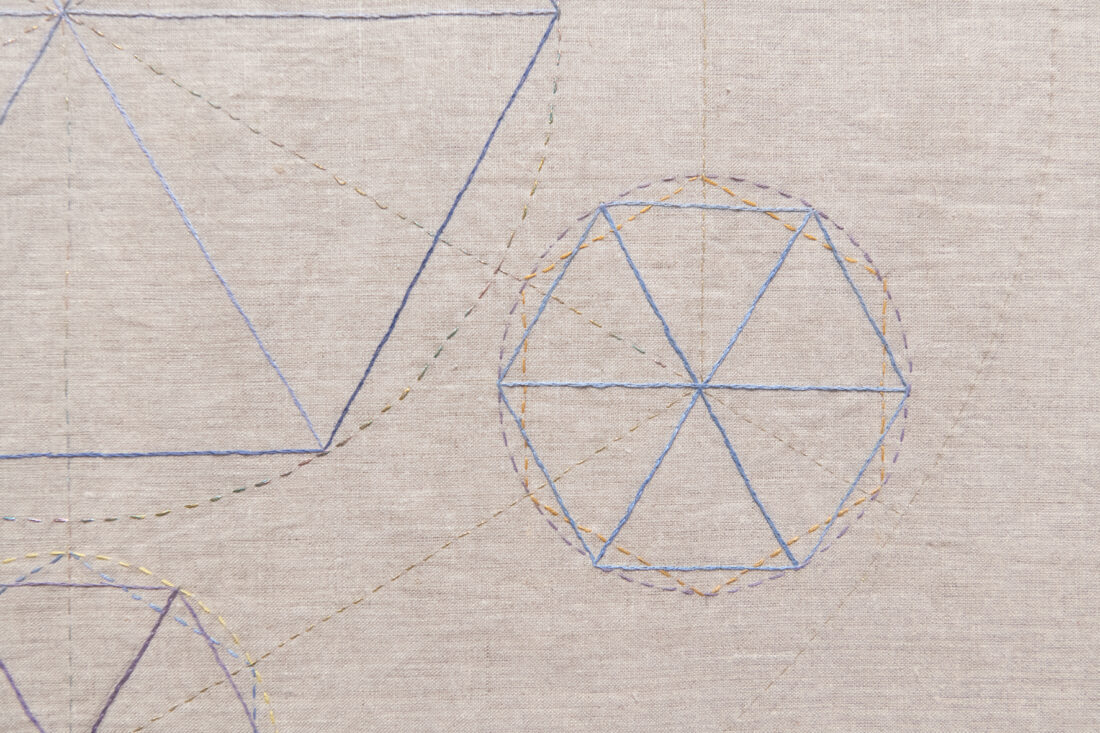El Lago, el Trueno, el Viento
El Lago, el Trueno, el Viento está basada en dos hexagramas de El libro milenario de las mutaciones o I Ching (1200 a.c.), libro oracular y simbólico que consta de 64 episodios o hexagramas formados mediante un código binario, exactamente como el ADN humano.
El primer hexagrama es el 17, Sui – Adhesión o Lealtad (arriba: Lo Gozoso, El Lago/ abajo: Lo que se eleva, el Trueno) “La adhesión tiene un triunfo supremo. La perseverancia sustenta. No hay culpa. En el otoño la electricidad se retira nuevamente dentro de la tierra y descansa. El Tueno en medio del lago indica tiempo de oscuridad y reposo. Ninguna situación puede ser favorable si no nos adaptamos a ella y oponemos una resistencia equivocada”.
El segundo es el 28, Ta Kuo (arriba: Lo Gozoso, El Lago/ abajo: Lo Suave, el Viento) “Es una situación y un tiempo excepcionales; por tanto se requieren medidas extraordinarias. Es necesario encontrar un camino de transición lo mas pronto posible y empezar a actuar. El tiempo en que lo grande tiene preponderancia es un tiempo decisivo”.
Las piezas de la exposición evocan de manera simbólica varios elementos: los cuatro elementos y la quintaesencia, el árbol de la vida, siete aperturas del corazón, los dos hexagramas mencionados (acompañados de su equivalente en glifos mayas) y siete vórtices de energía, así como un retrato numerológico de Carl Gustav Jung (con el sistema numérico maya) y una piel de borrego que alude a una práctica energética como camino hacia la individuación. Todos estos elementos se encuentran, a nivel sutil, presentes en el cuerpo humano, y conectan con un aspecto ancestral de conocimiento.
La idea principal es que la sala sea un espacio silencioso que active a nivel energético aquello que duerme en el inconsciente.
Curada por Victor Palacios.
The Lake, the Thunder, the Wind
The Lake, the Thunder, the Wind is based on two hexagrams from The Book of Changes or I Ching (1200 B.C.), an oracular and symbolic book consisting of 64 episodes or hexagrams formed by a binary code, exactly like human DNA.
The first hexagram is 17, Sui – Following (above: The Joyful, The Lake/ below: That which rises, the Thunder) “Adhesion has a supreme triumph. Perseverance sustains. There is no guilt. In autumn electricity withdraws back into the earth and rests. Thunder in the middle of the lake indicates time of darkness and rest. No situation can be favorable if we do not adapt to it and put-up wrong resistance.”
The second is 28, Ta Kuo – The Preponderance of the Great (above: The Joyful, The Lake/ below: The Gentle, the Wind) “It is an exceptional situation and time; therefore, extraordinary measures are required. It is necessary to find a transitional path as soon as possible and start acting. The time in which the great has preponderance is a decisive time.”
The pieces in the exhibition symbolically evoke several elements: the four elements and the quintessence, the tree of life, seven openings of the heart, the two hexagrams mentioned above (accompanied by their equivalent in Mayan glyphs) and seven energy vortexes, as well as a numerological portrait of Carl Gustav Jung (with the Mayan numerical system) and a piece that alludes to an energetic practice as a path to individuation. All these elements are, at a subtle level, present in the human body, and connect with an ancestral aspect of knowledge.
The main idea is for the room to be a silent space that activates at an energetic level that which sleeps in the unconscious.
Curated by Victor Palacios.


